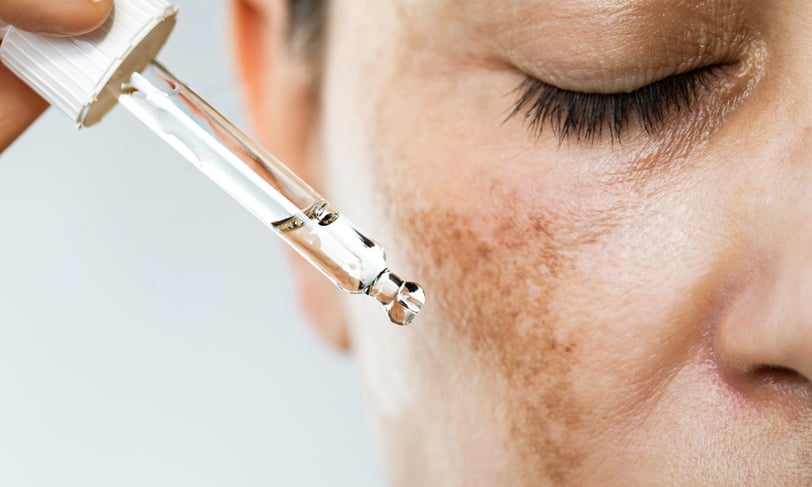Melasma: Causes, Treatments, and Skincare Tips
Discover the secrets of melasma, a common condition known for causing dark patches on the skin. Gain a deep understanding of its root causes, proven treatments, and expert skincare tips to effectively manage and reduce stubborn melasma. Knowledge is power when it comes to melasma – arm yourself with the facts to make the best choices for your skin. Don't let melasma hold you back – take the first step to reclaiming your skin confidence today!


Melasma is a common skin condition that causes dark patches to develop on the cheekbones, bridge of the nose, forehead, and upper lip area. It is more commonly observed in individuals with medium to darker complexion. The condition results from excessive melanin production, the pigment that determines skin color.
Melasma formation begins with inflammation triggered by various factors, including extended exposure to UV rays without proper sun protection, specific medical procedures like high-energy ablative lasers, harsh chemical peels, irritant products, or anything that can irritate your skin. In response to this inflammation, melanocytes, the cells responsible for melanin production, become stimulated and produce excessive melanin, which is then transferred to the surrounding skin cells, causing the appearance of dark patches. Several factors contribute to the development of melasma, with genetics playing a significant role, especially if there is a family history of the condition. Women are particularly prone to this skin condition, especially during hormonal changes such as pregnancy, menopause, or when using oral contraceptives due to the influence of estrogen on melanocytes.
Key Ingredients for Melasma Treatment
Tyrosinase inhibitors are essential to manage melanin production effectively. Ingredients like retinoids, alpha arbutin, kojic acid derivatives, vitamin C derivatives, vitamin E, green tea extract, licorice root extract, and niacinamide help prevent melanin transfer to surrounding cells.
Crucial Skincare Habits
Pairing tyrosinase inhibitors with a nourishing moisturizer is essential, especially when using retinoids. Moisturizing helps to hydrate the skin and minimize any irritation caused by the retinoids. However, the most crucial aspect of managing melasma is sun protection. Understanding the significance of incorporating a broad-spectrum SPF 50 into your daily skincare regimen, particularly with zinc oxide, is crucial for its anti-inflammatory properties.
Seeking Further Guidance
While the strategies discussed here provide valuable insights into melasma management, it's crucial to remember the role of a dermatologist. Seeking personalized advice from a professional is not just a recommendation; it's a necessity. This reassures individuals that they are not alone in their journey and that a tailored approach ensures the most effective treatment outcomes.
Understanding the triggers of melasma is critical to effective management. By grasping the complex interplay of factors that contribute to its development, individuals can take control of their condition. This knowledge empowers them to employ targeted treatments and prioritize sun protection, effectively addressing their melasma concerns.
The information provided in this blog is for educational purposes only and should not replace professional medical advice. Always consult a dermatologist or healthcare provider before starting any new skincare regimen or treatment.
